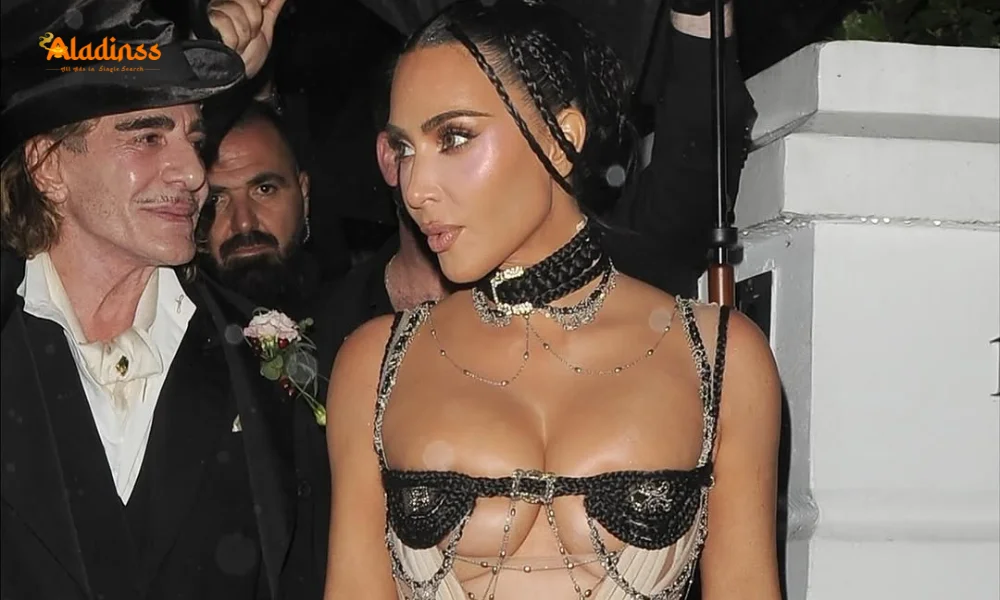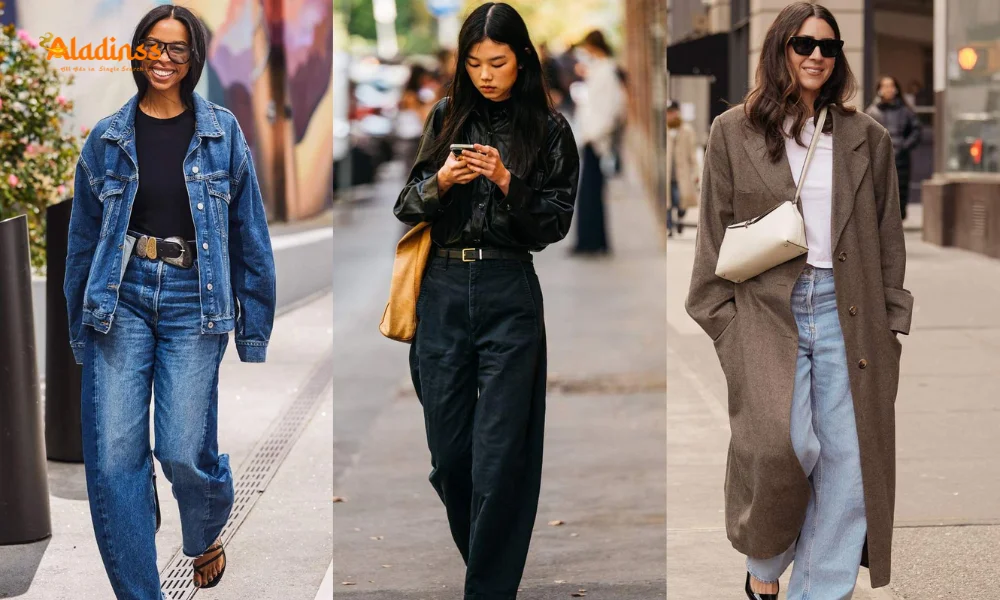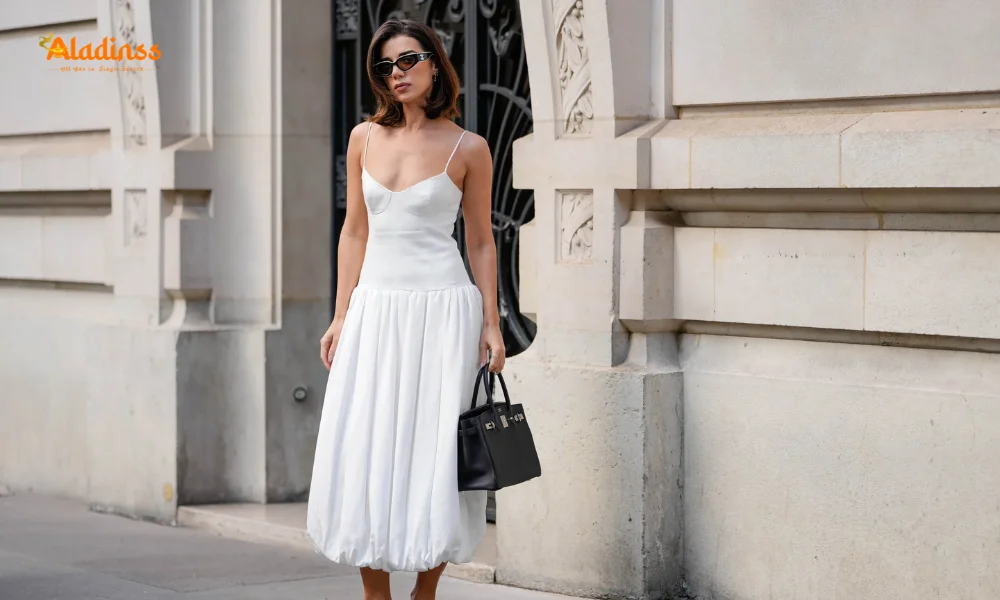Discover Exquisite Indian Jewellery for Dhanteras 2025 Timeless Designs You’ll Love
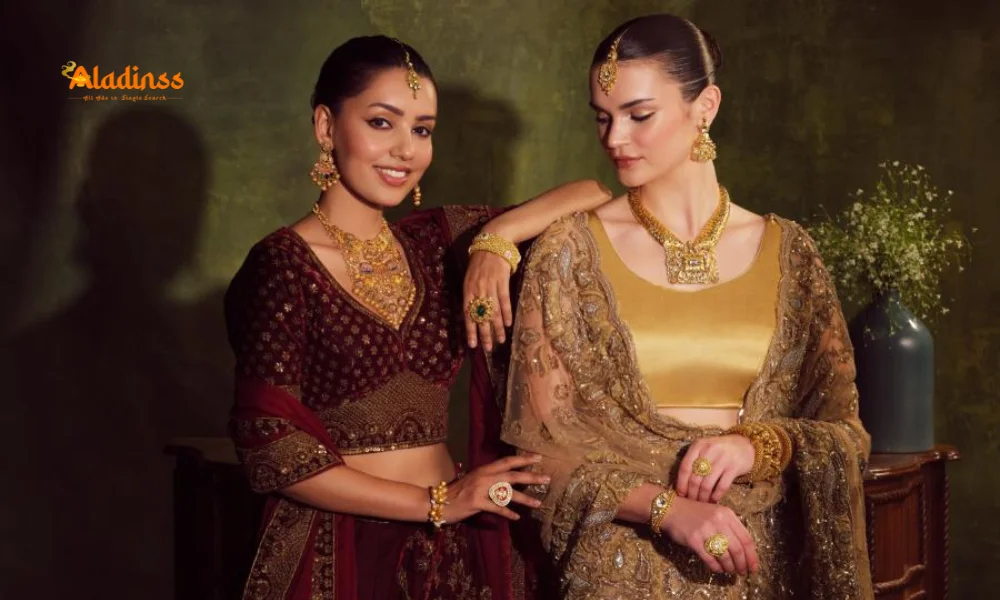
Dhanteras Special: Timeless Indian Jewellery Blending Tradition and Modernity
As Dhanteras 2025 approaches, the allure of Indian jewellery takes centre stage, embodying centuries-old traditions while embracing contemporary aesthetics. These pieces are more than mere adornments; they are carriers of cultural heritage, craftsmanship, and stories passed down through generations. From Maharashtra’s Bugadi to Ladakh’s Skeypuk, traditional Indian jewellery is being reimagined for today’s generation, making it a perfect choice for festive celebrations. This guide explores iconic jewellery pieces that bridge the past and present, offering a blend of heritage and modern flair for your Dhanteras shopping.
Dhanteras, marking the start of Diwali, is an auspicious time to invest in gold and silver jewellery, symbolising prosperity and good fortune. Modern designers are infusing traditional pieces with innovative twists, ensuring they resonate with younger audiences while preserving their cultural significance. Let’s dive into the world of Indian jewellery classics, their origins, and how they’re being styled for today’s wardrobes.
Bugadi: A Timeless Ear Ornament
Known as Bugadi in Maharashtra, Bugudi in Karnataka, and Koppu in Tamil Nadu, this traditional ear ornament is named for its resemblance to a clove stick. Worn on the helix, the Bugadi features a hollow plug with a screw, secured by small balls at both ends. Its designs vary from temple-inspired Kalashin motifs to peacock-inspired Mayur patterns, reflecting the rich artistry of these regions. Popularised by the Marathi song “Bugadi Majhi Sandli Ga” from the 1959 film Sangtye Aika, this piece holds cultural significance among traditional communities.
Contemporary designers, such as Amama Jewels, have reimagined the Bugadi by blending Afghan motifs with traditional aesthetics, creating bold yet wearable pieces. “Our Bugadi designs cater to those who value heritage but seek a modern edge,” says a spokesperson from Amama Jewels. Whether paired with ethnic attire or a chic Indo-western outfit, the Bugadi adds a touch of elegance to any Dhanteras celebration.
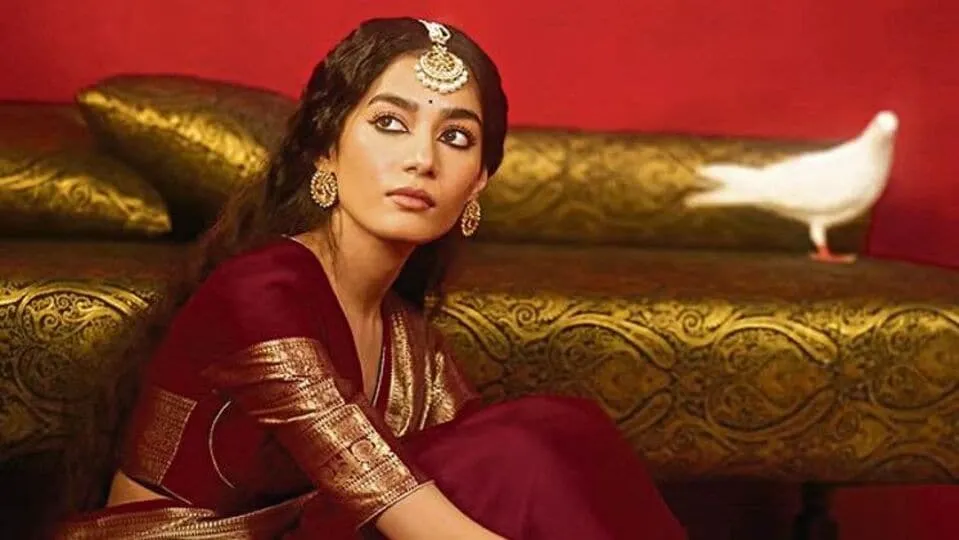
Saggi Phull: The Crown of Punjabi Tradition
The Saggi Phull, or “engagement flower,” is a cherished head ornament in Punjabi culture, symbolising femininity, prosperity, and marital bliss. Crafted in gold or silver, it features a central dome adorned with intricate floral patterns, gemstones, or pearls. Traditionally tied with a thread to secure a heavy dupatta, the Saggi Phull is often a family heirloom passed down through generations.
Poonam Malik, founder of Totapari, explains, “We’ve transformed the Saggi Phull into a modern hairband, making it easier to wear while retaining its traditional charm.” This redesign ensures the piece appeals to younger audiences, who can style it with both traditional lehengas and contemporary gowns, making it a versatile choice for Dhanteras festivities.
Gamkharu: Assam’s Bold Bangle
In Assamese, “Gam” refers to the wrist or hand, and “Kharu” denotes a bangle. The Gamkharu is a wide, flat bangle crafted from gold or silver, featuring intricate motifs such as floral designs, geometric patterns, or symbols like the Jaapi (a conical hat) and Gamosa (a traditional textile). Worn during weddings and cultural events, it represents marital status and cultural heritage.
“The Gamkharu’s versatility makes it a standout piece,” says Shivani Sharma, founder of Kharikajai. “It pairs beautifully with ethnic wear or as a chunky cuff with modern outfits, offering a bold statement for Dhanteras.” This blend of tradition and modernity makes the Gamkharu a must-have for festive jewellery collections.
Dejhoor: Kashmiri Elegance Redefined
The Dejhoor is a traditional ear ornament worn by Kashmiri Pandit women, symbolising marital status and cultural identity. Suspended by a red thread before marriage, it is later replaced with a gold chain called an ath, provided by the bride’s in-laws. Crafted in gold, the Dejhoor features a hexagonal motif representing Shiva and Shakti.
Tuhina Goyal, founder of House of Tuhina, shares, “Our Dejhoor earrings incorporate fine mirror work, blending tradition with contemporary style.” These modern interpretations make the Dejhoor a versatile piece for Dhanteras, suitable for both festive and everyday wear.
Mohar Mala: Tribal Heritage with Modern Appeal
The Mohar Mala, a tribal heirloom from Chhattisgarh and Rajasthan, is a necklace that incorporates old coins (sikka) into its design. Crafted in gold or silver, it signifies marriage, wealth, and prosperity. Traditionally used to pass down wealth, the Mohar Mala is a testament to the craftsmanship of local artisans.
Aavriti R Jain, founder of Dhora, notes, “Each coin in the Mohar Mala carries a legacy. We’ve revived this tradition for modern wardrobes, making it a statement piece for younger audiences.” Its bold design makes it a standout choice for Dhanteras, blending heritage with contemporary styling.
Skeypuk: Ladakh’s Cultural Masterpiece
The Skeypuk, a bib-style necklace from Ladakh’s Sham Valley, is known for its intricate beadwork using coral, turquoise, silver, and metal medallions. According to folklore, it was designed for a queen to conceal a goitre, adding a layer of historical intrigue to its cultural significance.
Rinchen Dorjay, founder of Ladakh Art Palace, explains, “Modern stylists are reinterpreting the Skeypuk as both a necklace and a headpiece, making it a versatile accessory for Dhanteras.” Its bold aesthetic and cultural depth make it a unique addition to any jewellery collection.
Why Choose Indian Jewellery for Dhanteras?
Dhanteras is an ideal occasion to invest in Indian jewellery, as gold and silver are considered auspicious purchases that bring prosperity. These traditional pieces, with their modern reinterpretations, offer several benefits:
- Cultural Significance: Each piece tells a story of heritage, connecting wearers to India’s rich traditions.
- Versatility: Modern designs make these pieces suitable for both festive and everyday wear.
- Investment Value: Gold and silver jewellery retains value, making it a smart purchase for Dhanteras.
- Unique Craftsmanship: Handcrafted by skilled artisans, these pieces showcase India’s artistic legacy.
The fusion of traditional craftsmanship with contemporary design ensures that these jewellery pieces appeal to a wide audience. Whether you’re buying for yourself or gifting a loved one, these classics are perfect for celebrating Dhanteras in style.
Styling Tips for Dhanteras Jewellery
To make the most of these traditional jewellery pieces, consider the following styling tips:
- Bugadi: Pair with a simple kurta for a minimalist look or a lehenga for festive elegance.
- Saggi Phull: Style as a hairband with a saree or wear it traditionally with a heavy dupatta.
- Gamkharu: Combine with a modern dress for a fusion look or ethnic wear for cultural events.
- Dejhoor: Wear with an Anarkali suit for a regal appearance or with casual outfits for a subtle charm.
- Mohar Mala: Layer with other necklaces for a trendy look or wear solo as a statement piece.
- Skeypuk: Use as a headpiece for a bohemian vibe or as a necklace with traditional attire.
These styling options allow you to showcase the versatility of Indian jewellery, making it suitable for both festive occasions like Dhanteras and everyday wear. By blending tradition with modernity, these pieces ensure you stand out while honouring India’s cultural heritage.
The Future of Indian Jewellery
The resurgence of traditional Indian jewellery reflects a growing appreciation for cultural heritage among younger generations. Designers are playing a pivotal role in this revival, creating pieces that are both timeless and trendy. As Dhanteras 2025 approaches, the demand for such jewellery is expected to soar, driven by its aesthetic appeal and investment value.
Moreover, the emphasis on sustainable and ethical craftsmanship is shaping the future of Indian jewellery. Artisans are being empowered through fair trade practices, ensuring that traditional techniques are preserved while meeting modern standards. This blend of heritage and innovation makes Indian jewellery a meaningful purchase for Dhanteras and beyond.
In conclusion, Indian jewellery classics like the Bugadi, Saggi Phull, Gamkharu, Dejhoor, Mohar Mala, and Skeypuk offer a perfect blend of tradition and modernity. As you prepare for Dhanteras 2025, consider investing in these pieces to celebrate India’s rich cultural legacy while embracing contemporary style. Whether you’re drawn to their historical significance or their modern versatility, these jewellery pieces are sure to add sparkle to your festive celebrations.
Comment / Reply From
No comments yet. Be the first to comment!
